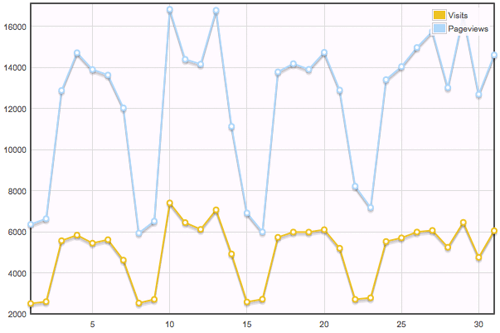Always Show Arrows for Number Input
While I enjoy small details that make user interfaces more elegant, I also believe that less is more, especially when it comes to native behavior. One native behavior I dislike is that <input type="number" /> elements only show the increment and decrement arrows when the input is focused. It's a needless focus change -- just show those controls all the time.
So how do we show those controls when the input isn't focused? An easy bit of CSS:
/* ensures the increment/decrement arrows always display */
input[type=number]::-webkit-inner-spin-button,
input[type=number]::-webkit-outer-spin-button {
opacity: 1;
}
I appreciate that the browser's native stylesheet doesn't use hidden tricks or privileged code -- it's all just CSS that we can override.
I'm always suspect when it comes to hover effects, as I feel hiding UI elements decreases accessibility no matter what the reason is.





It’s worth mentioning that these styles only apply on desktop. The buttons are not shown in Chrome on Android which is probably better that way since the buttons are so small.
We can improve it by not showing the arrows for elements with step=”any”, in which case the input arrows don’t do anything.
/* ensures the increment/decrement arrows always display as long as step is not 'any' */ input[type="number"]:not([step="any"])::-webkit-inner-spin-button, input[type="number"]:not([step="any"])::-webkit-outer-spin-button { opacity: 1; }